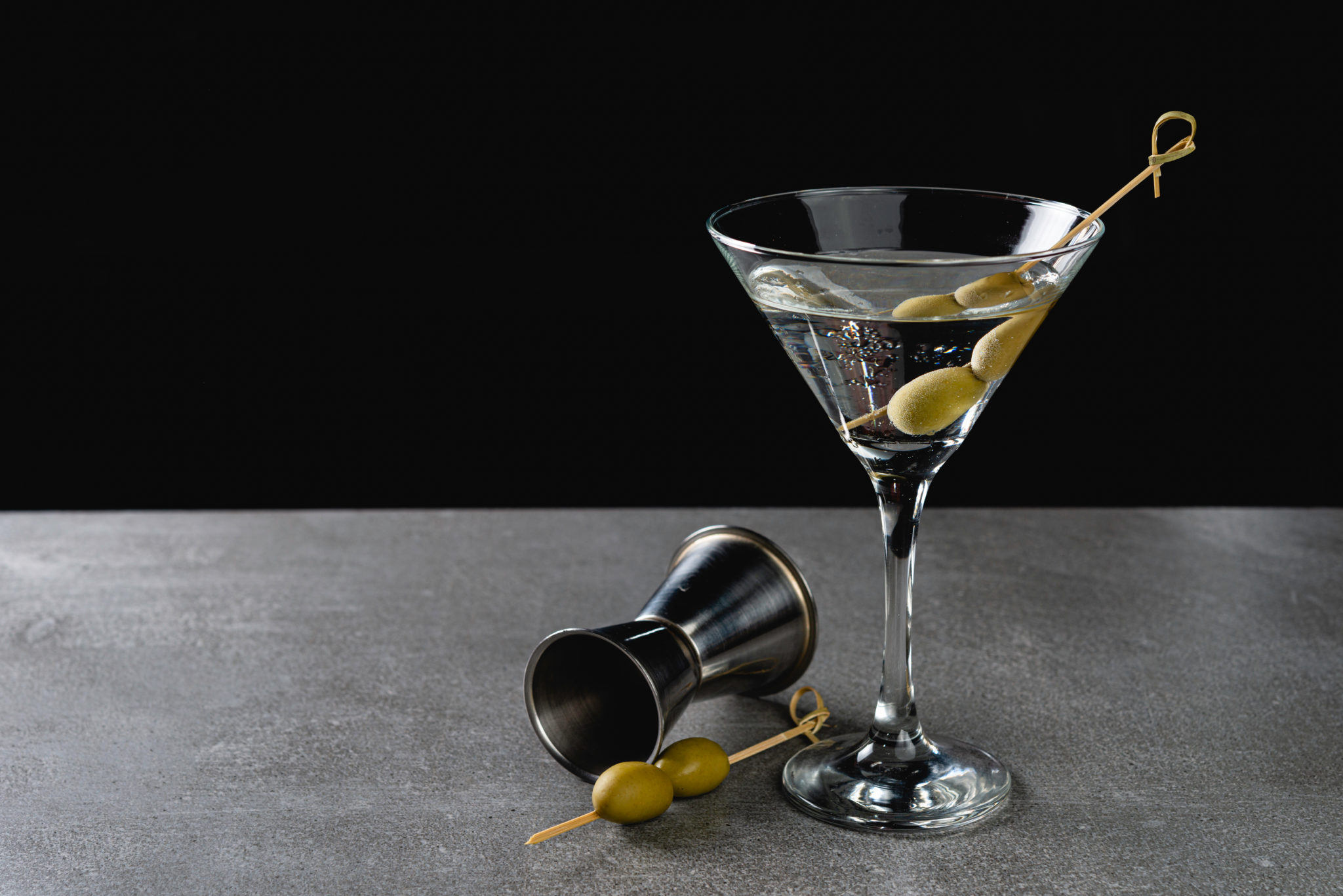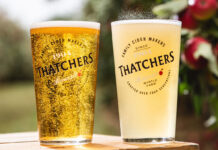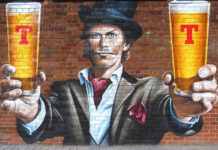Perthshire’s Ewan Angus has travelled far and wide in search of cocktail nirvana, working as a journalist, bookbinder, booze-maker and teacher along the way. Now head bartender at Glasgow’s Gost, he is here to share some tales from our…
Mixed Up World

The Martini is like Star Wars. The original is best. Then it became absurd and overblown, made all Michael Bay through the inclusion of unnecessary plot filler like passionfruit or coffee or chambord. You look at a cocktail menu nowadays and you’re more than likely to see an Espresso Martini or a Pornstar Martini taking top billing.
But how did the Martini, a simple cocktail that involves two spirits stirred down to make them drinkable, become this pop culture classic with all its spin offs?
First of all, you have to understand that the Martini, since its creation, has always been about pop culture. Associated with prohibition, the jazz age, the post-war eras, the ‘Mad Men’ times – it’s always had an effortless cool to it. Drink a martini and you are telling people that you can handle your booze, look suave and, the crucial financial aspect, you are willing to spend money on quality.
The Martini is the liquified form of the American Dream, more so arguably than the Old Fashioned or the Manhattan. It’s been wrapped up in Hollywood since way back in the heyday of black and white movies, immortalised by the Scottish drawl of Sean Connery ordering it.
Except, like many things that slip into the public consciousness, that isn’t entirely accurate. It’s not Bond who orders it on screen first, it’s the bad guy, Dr No. This was 1962. Bond first says it in Goldfinger in 1964. In the first novel, Casino Royale Bond orders a Vesper, named after the novel’s femme fatale. This cocktail mixes the two types of classic Martini by adding both gin and vodka, along with Kina Lillet, an out-of-production vermouth.
Since then, with the constant regurgitation of varying levels of decent Bond movies, the Martini has maintained a relevancy due to film tie-in adverts from the various spirit companies that were helping finance.
As for the name, there’s two theories. One is that it’s a variation on a Martinez, another gin-based cocktail that uses an Old Tom gin (a sweeter gin), vermouth, Boker’s Bitters and maraschino. Stripping it down in favour of the drier flavours, perhaps due to availability of different ingredients, the Martini uses the 2:1 method, two parts gin to one part vermouth. Dry is then served with lemon, dirty with olives and brine, and a Gibson (arguably the worst drink of all time in my opinion!) uses pickled onions and pickled onion brine.
The second name origin theory claims it comes from the Martini vermouth.
The link between booze and advertising has been intertwined since the 1950’s, with advertising companies pushing the big spirits into the limelight, again whilst touting the American dream. Of course, a lot of these execs, once they reached the upper echelons of their industries, found themselves with a lot more time and money, leading to the infamous Three Martini Lunch.
This cultural awareness and association with branding has led to the creation of various other, arguably more famous Martinis. The Pornstar Martini, a cash in on two famous subcultures still considered taboo in 2002, isn’t really a Martini at all. The creator, Douglas Ankah at Lab bar in London, had to publicly claim afterwards that he wasn’t a fan of pornography.
The Espresso Martini was another franchise offshoot with nothing to do with the original. Created in the 1980s, supposedly for a model that wanted something “to wake me up then f**k me up” – the urban legend goes it was a young Kate Moss, but if the timeline is correct, she’d have been at the very oldest 14 at the time of the drink’s creation, so let’s presume it wasn’t her.
The French Martini was named due to it using the famous Martini glass, and contains vodka, pineapple and Chambord. The French part comes from the Chambord. Simon Difford, of Difford’s Guide, needed funding for his new booze magazine and he got Absolut and Chambord onboard with a full page ad, leading to the explosion of popularity the drink received in the late 90s.
And so the story goes, there are other Martinis, some closer to the original, some even further, but it’s all testament to the simplest of drinks, and like the best old stories from folklore, it’s been reimagined over and over again.























